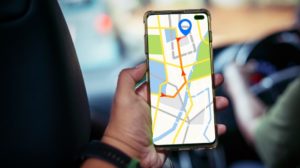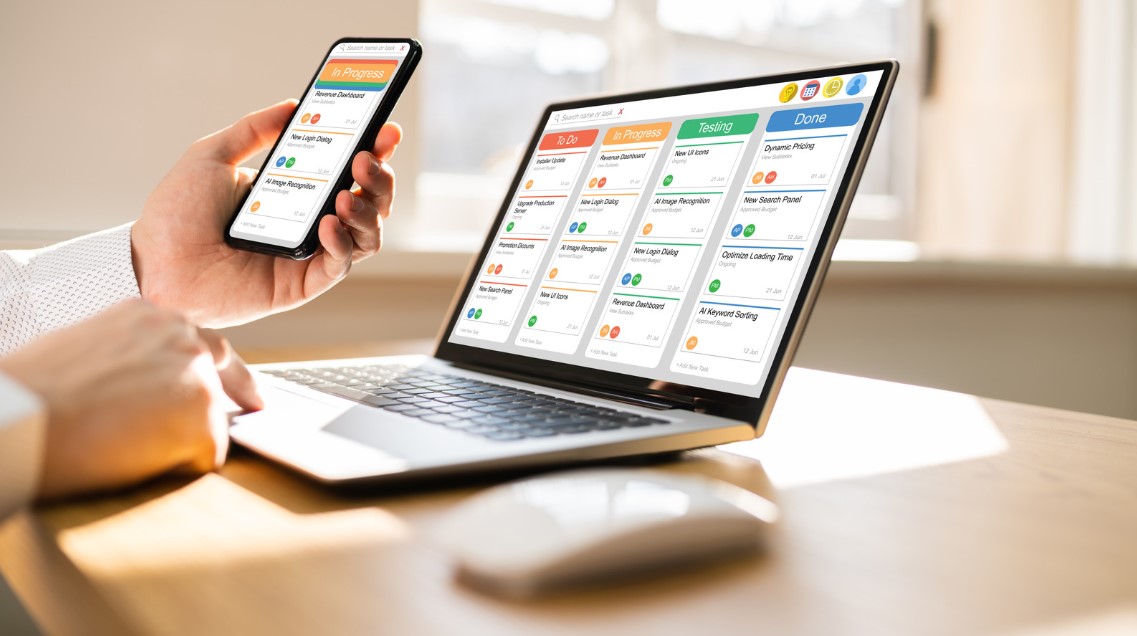The travel industry is going through rapid changes. Things are evolving at an incredibly fast pace. Mobile apps are leading the way in driving this transformation within the world of travel development.
One statistic highlights the significance of mobile: a staggering 65% of all traffic in the entire travel industry now comes from mobile devices. Let that 65% figure sink in for a moment — it’s an astounding percentage.
It becomes quite clear that having an excellent, well-designed travel app is essentially a must-have. If your travel business wants to remain competitive and relevant in today’s market landscape, it’s not an option anymore – it’s a necessity.
If you are considering building a travel app for your company, here are five essential tips that can help you in creating an application that users will genuinely love and want to use regularly.
5 Tips for Building Your Next Travel App
Tip 1: Make It Personal
Personalization holds immense importance in the current travel industry. Gone are the days of generic, one-size-fits-all experiences — customers no longer want or need them. Instead, they seek experiences tailored specifically to their unique tastes and individualized needs.
To provide this level of personalization, your travel app will have to leverage the rich customer database that your company has. Use this data and give truly personalized suggestions and bespoke special offers that are matched directly with the preferences and interests of each traveler.
By delivering this level of personalization, you can significantly enhance customer engagement. Additionally, you can cultivate a deeper sense of loyalty to your brand among users. The main thing is making each individual customer feel special, understood, and valued to the max.

Tip 2: Let People Pay with Their Phones
Making mobile payments accessible needs to be a top priority today. The reality is, paying via mobile device is simply how the vast majority prefer to conduct transactions, especially for travel purchases. If your customers cannot pay easily and fast, they probably won’t pay at all.
According to this study, almost half the market has embraced mobile payments. A tremendous 48% of travelers in the United States now use their smartphones to book and pay for all travel arrangements.
To keep up with this huge mobile payment trend, your travel app must incorporate secure, user-friendly mobile payment options like Stripe, Google Pay, Apple Pay, and so on. Providing a seamless, hassle-free mobile payment experience can likely boost your sales numbers and keep customers much happier in general.
Tip 3: Use Artificial Intelligence
Artificial intelligence is revolutionizing and disrupting the entire travel industry substantially. Your app needs to leverage innovative AI technology to stay ahead of the competition (who are probably using it already in some way or another).
For example, AI-powered chatbots can provide 24/7 customer support across multiple languages. This can save a tremendous amount of time, effort, and costs. AI can also generate tailored itineraries for users based on their preferences and prior data, helping with the personalization process mentioned before.
Delivering this intelligent, tailored AI experience is game-changing. It essentially gives every customer a knowledgeable digital travel assistant, available at all times. Rather handy, isn’t it?
Tip 4: Prioritize Security
When developing any app handling sensitive user information and payments, security must be the top priority above all else. There are no questions about this – security is what can make or break your app if things go south.
As the app owner, it is your responsibility to safeguard and protect all users’ private data. Implementing security best practices like using middleware, conducting frequent audits, encrypting all data, and securing APIs should be mandatory requirements, not optional.
By prioritizing security over everything else, you build trust with users and avoid potentially devastating breaches or threats that could irreparably damage your business. Do not risk it — prioritize security completely to protect not only your users’ data, but also their trust and your reputation.

Tip 5: Pick the Right Way to Develop Your App
You need to invest substantial thought into deciding the best technical approach for actually developing and building your travel app, as you have a few potential routes: native app development, cross-platform, or hybrid.
Native development typically results in the best performance and user experience but requires separate codebases for iOS and Android, entailing higher costs and longer timelines. Cross-platform allows one codebase functioning on both major platforms, saving time and money upfront. Hybrid apps blend native and web capabilities.
The ideal approach depends on your specific business goals, budget, and target timeline. Carefully weigh the pros and cons for your unique situation. This is a serious decision requiring all your attention.
Final thoughts
In summary, those are five critical tips to prioritize if you want to develop a successful, user-friendly travel app that drives growth. It’s no easy undertaking, but if you nail personalization, seamless mobile payments, intelligent AI, uphold security as critical, and select the optimal development approach — you’ll be well-positioned to create an app that deeply engages users.
Author Profile

- Blogger by Passion | Contributor to many Business Blogs in the United Kingdom | Fascinated to Write Blogs in Business & Startup Niches |
Latest entries
 BusinessDecember 12, 2025The Smart SME’s Guide to Future-Proofing Physical Assets
BusinessDecember 12, 2025The Smart SME’s Guide to Future-Proofing Physical Assets FinanceOctober 28, 2025How to Measure the ROI of Your Promotional Product Campaigns?
FinanceOctober 28, 2025How to Measure the ROI of Your Promotional Product Campaigns? Home & LivingOctober 4, 2025Moving Forward When Leicester Family Dynamics Change
Home & LivingOctober 4, 2025Moving Forward When Leicester Family Dynamics Change BusinessSeptember 22, 2025Always-On SMEs: The UK Business Owner’s Guide to Seamless Travel Data for Sales Trips, Trade Fairs & Remote Teams
BusinessSeptember 22, 2025Always-On SMEs: The UK Business Owner’s Guide to Seamless Travel Data for Sales Trips, Trade Fairs & Remote Teams





